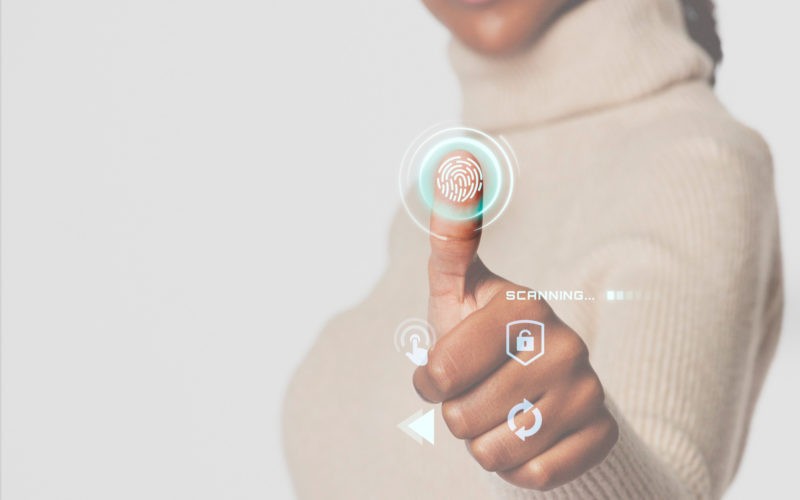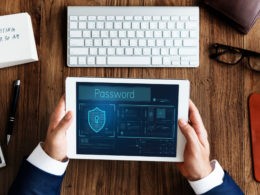Your business is a digital fortress, sprawling across cloud apps, smart devices, and even the front door. At the heart of it all? User identities — the sleek, invisible passes that unlock every critical asset. But when those credentials slip into the wrong hands, it’s not just a crack in the wall, it’s a network-wide wrecking ball.
The reality hits hard: identity-driven attacks are spiking. Phishing scams, credential stuffing, and privilege grabs are the new norm, and flimsy passwords or dusty authentication tricks can’t keep up. To outsmart the chaos, companies need next-level identity management — thinking beyond basic logins. It’s about locking down access with precision, timing it perfectly, and keeping a relentless eye on every move.
What Is a Digital Identity, and Why Does It Matter?
A digital identity is a unique set of electronic credentials, such as usernames, passwords, tokens, biometric data, or behavioral patterns, that identifies a user, device, or entity in a networked environment. These credentials determine access rights across applications, services, and devices. Poor management can lead to data leaks, compliance failures, or full-scale intrusions. The Verizon Data Breach Investigations Report (DBIR) notes that over 80% of breaches involve weak or stolen credentials, underscoring why identity has become the new security perimeter. And securing it must go beyond usernames and passwords.
Core Threats to Identity Security
Effective identity management starts with understanding key threats:
1. Credential Theft and Reuse
Attackers often rely on stolen credentials, purchased on the dark web or harvested through phishing attacks. Once inside, they move laterally through systems.
2. Insider Threats and Shadow IT
Unmanaged access by employees, contractors, or third parties, combined with unsanctioned tools (shadow IT), creates hidden vulnerabilities.
3. Poor Privilege Hygiene
Overprivileged accounts are a goldmine for attackers. Without granular control, users may retain access to resources they no longer need, increasing breach risk.
Security Enhancements That Strengthen Digital Identity Protection
A layered strategy leverages modern tools beyond basic credentials:
1. Multi-Factor Authentication (MFA)
MFA combines two or more authentication factors; something you know (password), something you have (token or device), and something you are (biometrics). This significantly reduces the likelihood of unauthorized access, even if credentials are compromised. A study by Microsoft found that MFA can block over 99.9% of automated attacks.
Implement MFA across all access points, especially for privileged users and cloud services.
2. Encrypted Credentials and Secure Storage
Storing credentials in plain text is a major risk. Strong encryption (e.g., bcrypt, Argon2) and vault solutions like HashiCorp Vault or AWS Secrets Manager safeguard sensitive data.
Use centralized vaults for API keys, SSH credentials, and database logins, encrypted at rest and in transit.
3. Biometric Authentication
Biometric systems use unique physical or behavioral traits, like fingerprints, facial recognition, or iris scans, to verify identity. Biometrics are especially useful because they are difficult to replicate and cannot be forgotten or stolen in the traditional sense.
Beyond Digital Access: Physical Security Integration
Biometrics are not only used to log into systems, but also to control access to physical infrastructure. From secure server rooms to restricted R&D labs, fingerprint scanners and facial recognition terminals are increasingly common in enterprise environments.
Fingerprint scanners are the most commonly used biometric technology, with widespread adoption in organizations for both digital and physical access control, as noted in recent industry reports.
Combine biometric authentication with smart cards or MFA for layered access control in high-security environments.

Bridging the Gap: Digital Identity Management in Action
A comprehensive identity management strategy spans people, processes, and technology. Here’s how organizations can implement strong identity protection in practice:
Implement Role-Based Access Control (RBAC)
Limit user permissions to what’s necessary based on job roles. Automate provisioning and de-provisioning to reduce human error and privilege creep.
Adopt a Zero Trust Architecture
Trust no one by default. Authenticate and authorize every request based on context: device posture, user location, behavior patterns, and risk level.
Monitor and Audit Access Continuously
Log identity activity and review it regularly to detect anomalies, such as logins from unusual IPs or times, excessive failed attempts, or unusual privilege escalation.
Educate Users
Even the best security tools can be undermined by poor user behavior. Regular training helps users recognize phishing attempts and understand secure practices.
Final Thoughts: Identity as the New Security Perimeter
Digital identity management stands at the heart of modern cybersecurity. With attackers sharpening their tactics, sticking to passwords or outdated systems invites disaster. Embracing MFA, encryption, and biometrics sharply cuts the odds of unauthorized access. Linking digital and physical security builds a stronger defense. Given that breaches so often trace back to stolen credentials, prioritizing identity protection is a critical step every organization must take.












